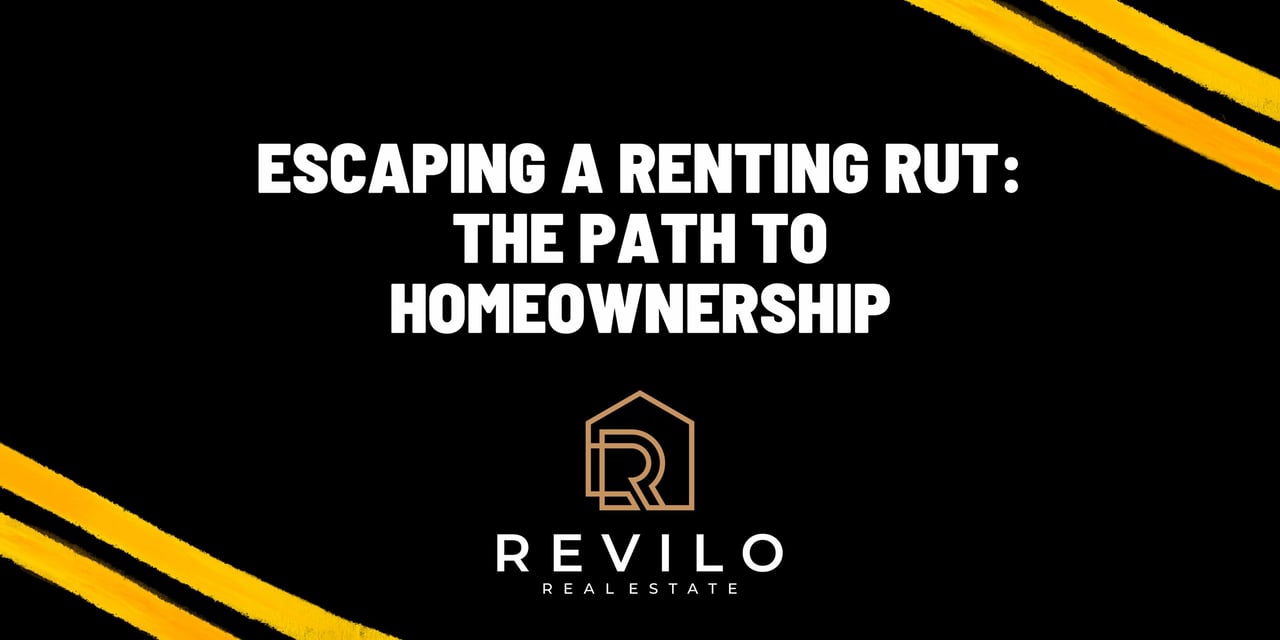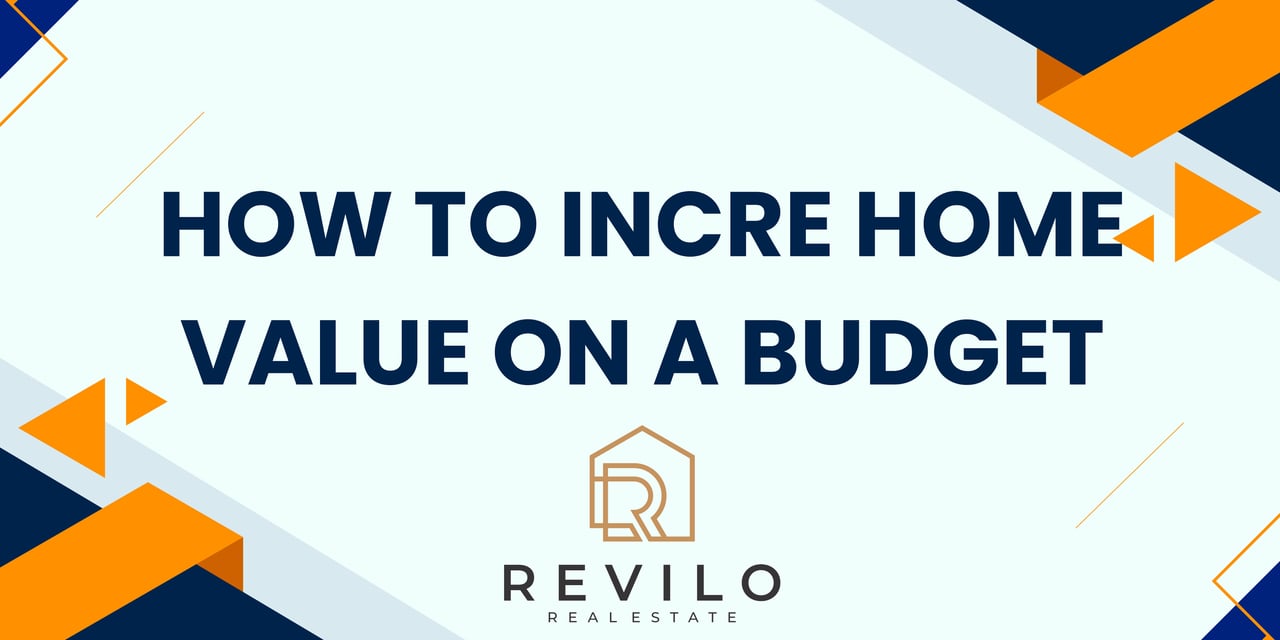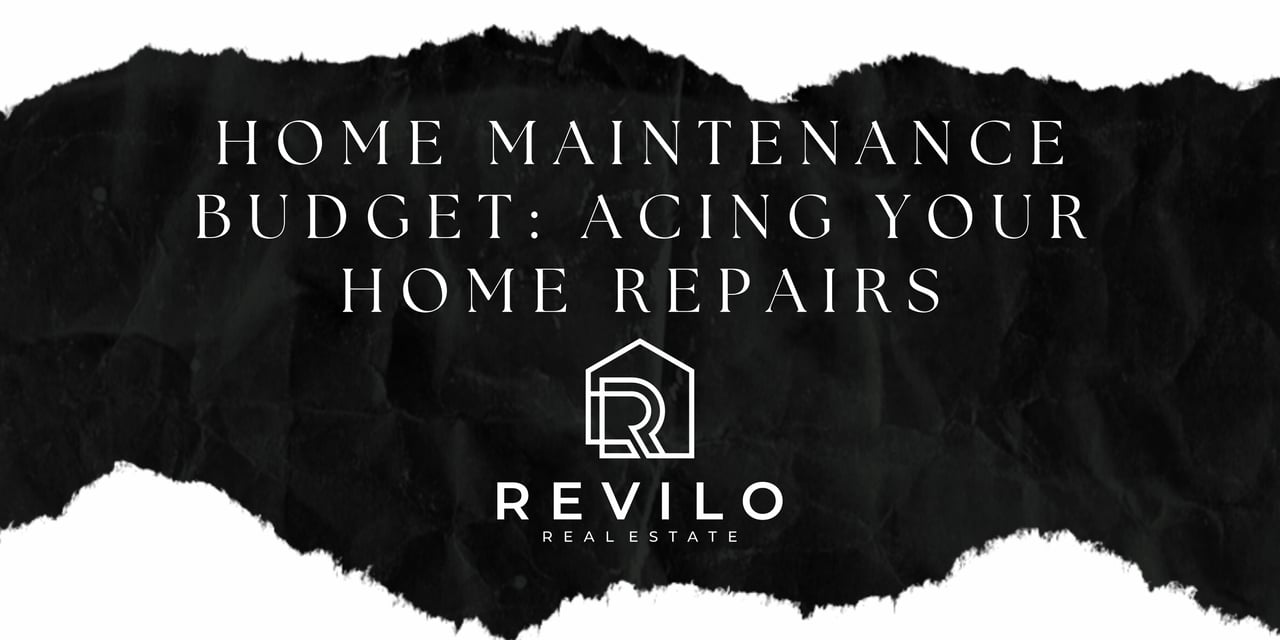Escaping a Renting Rut: The Path to Homeownership
homes

homes

Escaping the "renting rut" and moving toward homeownership is a common goal for many people. Here’s a practical guide to help you navigate this journey:
If you take steady steps toward saving, budgeting, and improving your credit, homeownership becomes an attainable goal.
For further insights and updates, connect with us here at Revilo Real Estate and follow me on Instagram, Facebook and LinkedIn.





real estate

real estate

homes
Local Houston Realtor

homes

homes
We pride ourselves in providing personalized solutions that bring our clients closer to their dream properties and enhance their long-term wealth.